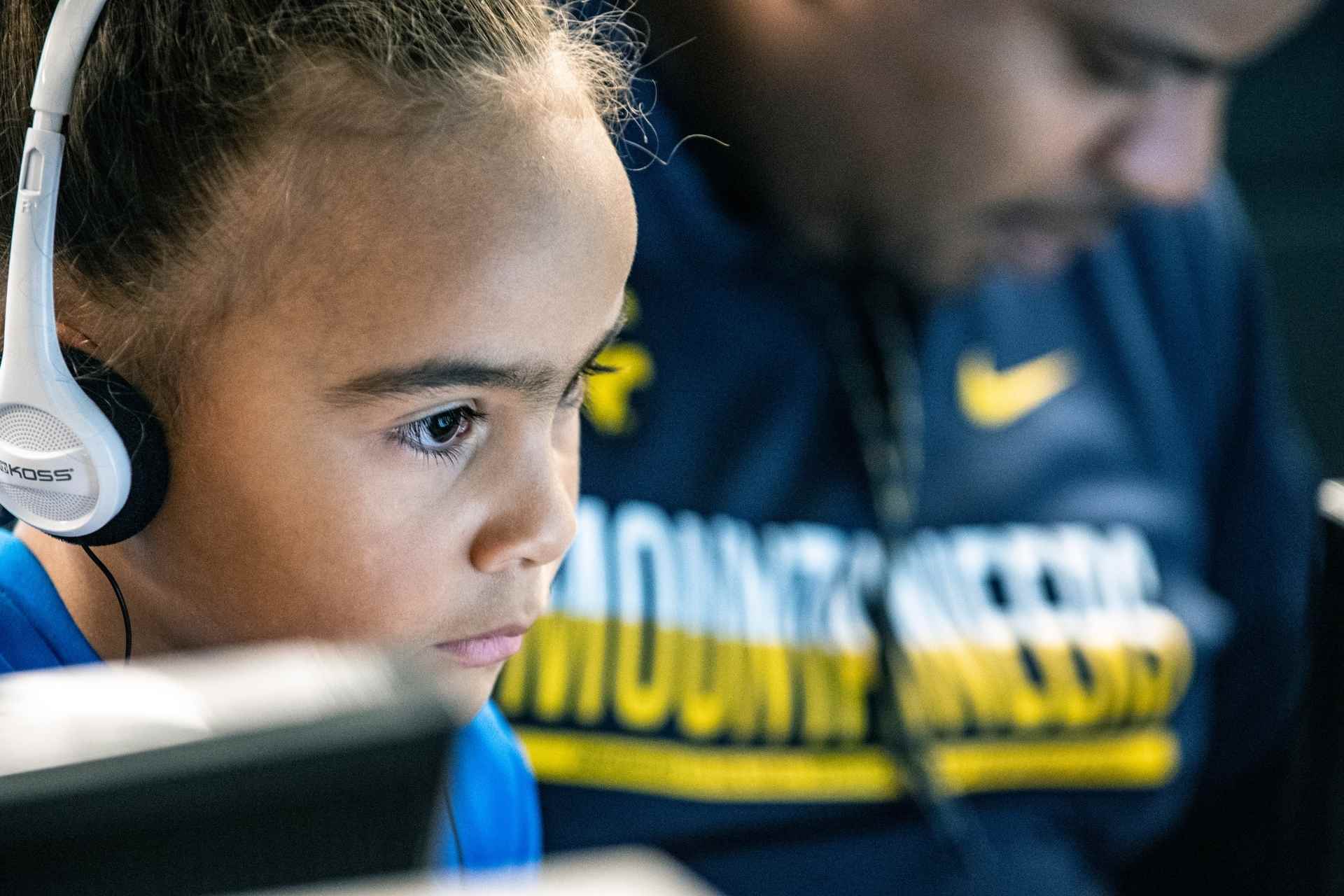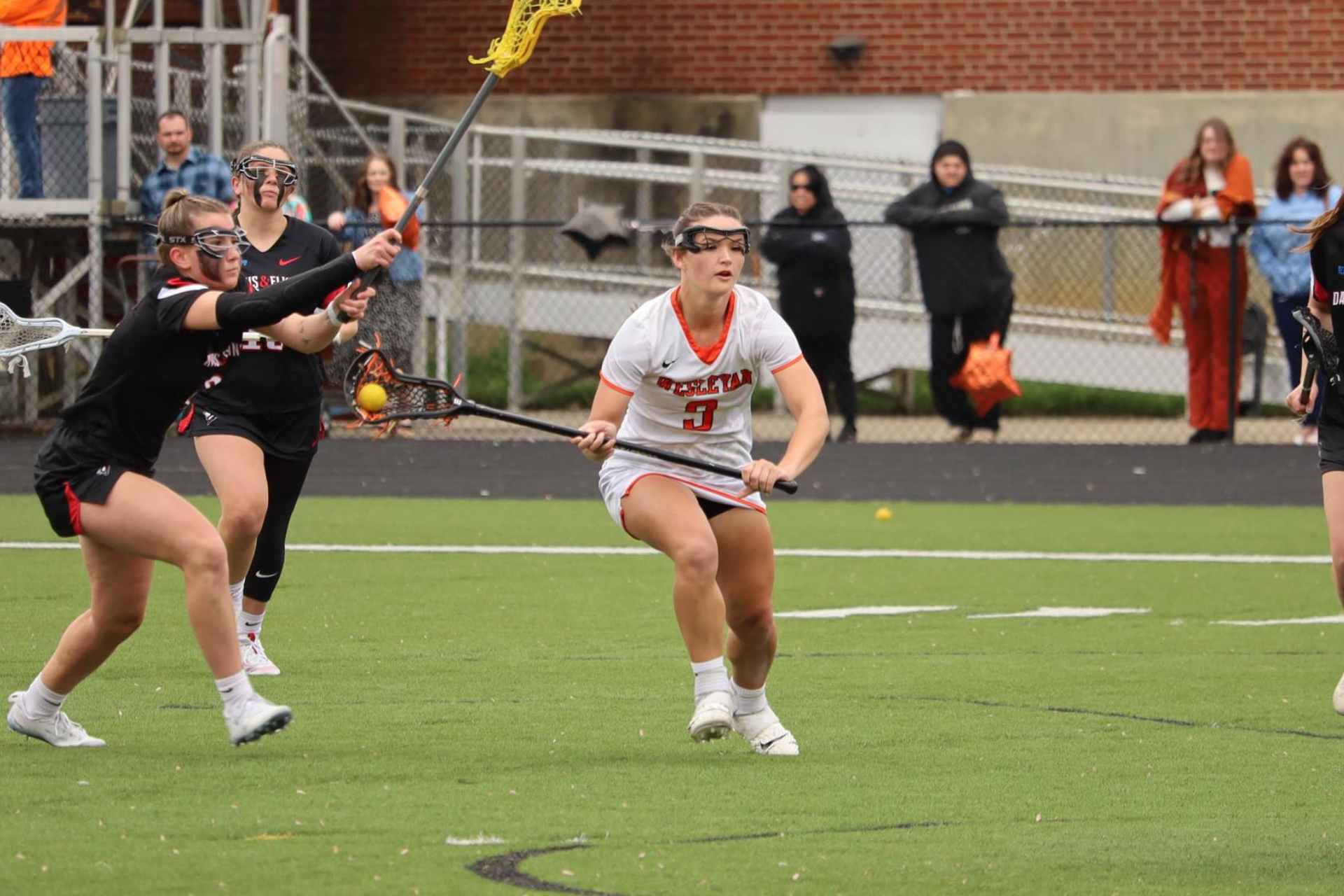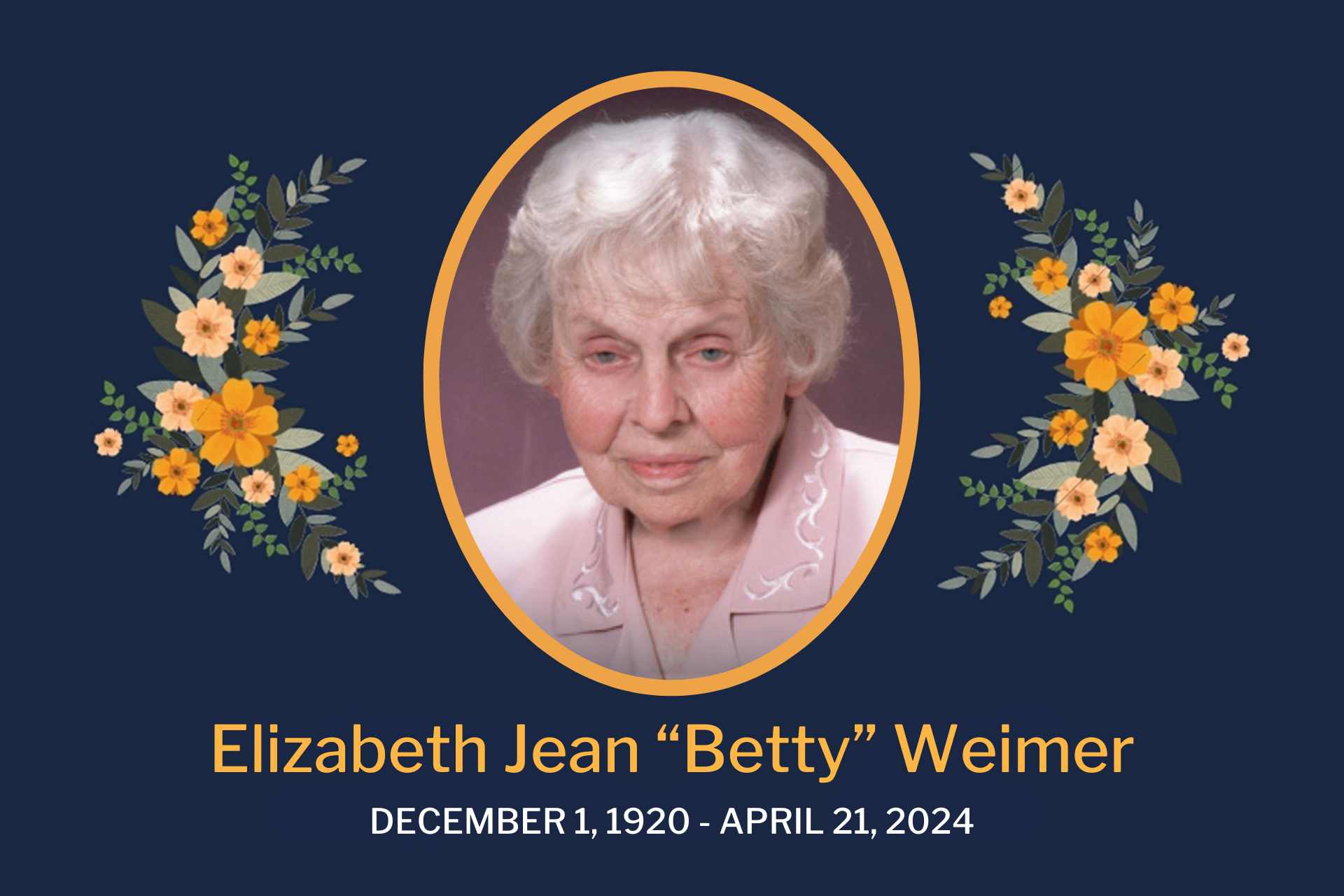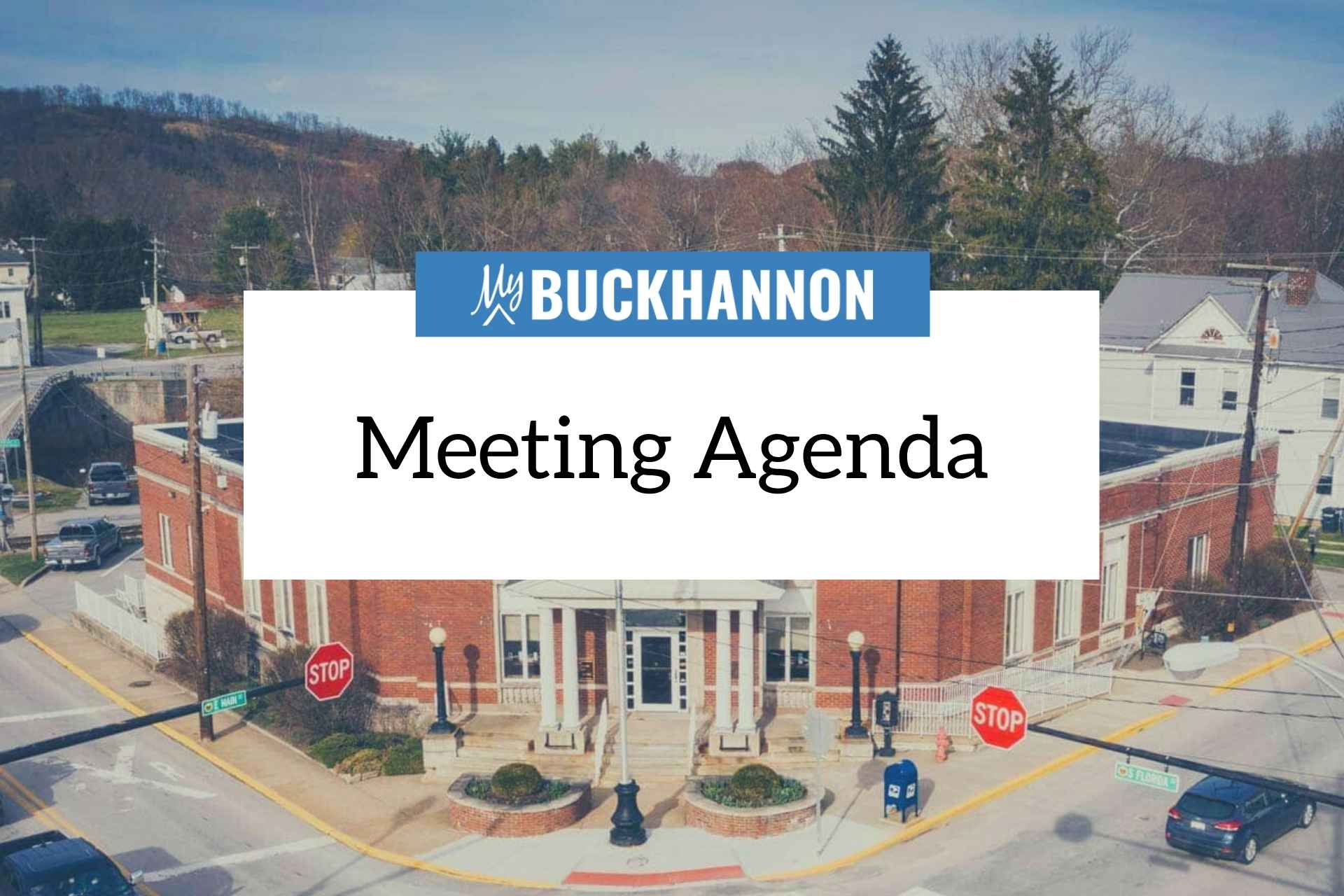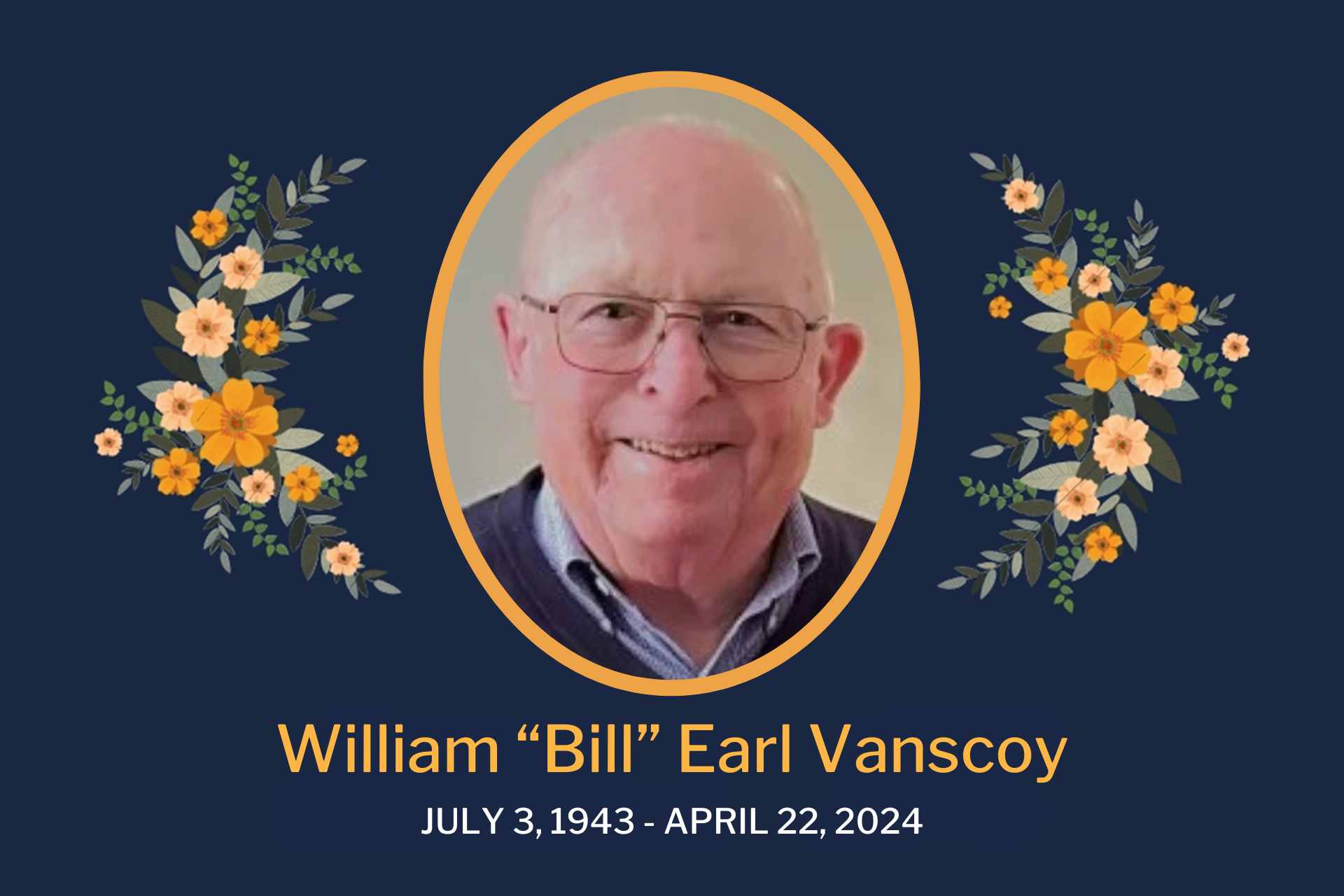A West Virginia University instructional design expert is looking to break the code of the traditional elementary school classroom.
Here is what Ugur Kale envisions: In an upper-elementary classroom in West Virginia, kids are learning about food access. It’s an issue that affects many of their families, who might purchase groceries with WIC or live nowhere near a supermarket.
They’re learning – but they’re not reading, filling out worksheets, listening to their teacher or watching a video. They’re coding. Working collaboratively in groups, the students are creating their own game simulation, unique to nutrition barriers in their community, that teaches them about their world when they play it.
In October, Kale, an associate professor at the College of Applied Human Sciences, will launch a preservice teacher training project that will make his vision a reality by spring 2024.

With National Science Foundation funding totaling $294,958 and the collaboration of Yuanhua Wang, a CAHS assistant professor, Kale will prepare WVU elementary education majors not to teach computer science, but to use computer science as a tool, a means for their students to explore and engage actively with diverse topics in classes about science, technology, engineering and mathematics, or STEM.
But Kale’s not interested in “the traditional way of teaching STEM, which reflects a disconnected array of S, T, E and M,” he said. He wants children to use technology to learn about many different forms of science, and to use science to master technologies.
“Future teachers need to be able to better prepare their students for the workforce and to be part of a STEM-literate public,” he said.
Kale’s crusade to make coding a common tool for classroom engagement as early as kindergarten will focus first on the teachers in training at WVU’s elementary education teacher education program.

As part of their core science methodologies coursework, 100 preservice teachers will modify the existing lesson plans of the schools where they’re training to incorporate coding and computational approaches, then they’ll design their own full lesson plans that they’ll teach in their placement schools.
All along the way, Kale will conduct research: testing approaches, studying challenges, measuring participants’ experiences.
Preservice teachers at some preliminary workshops are starting to get it. They’ve discussed creating computer games and simulations to teach the predator-prey life cycle, the concept of gravity, the transformations of solids to liquids and gases or the availability of public spaces for exercise.
If you’re wondering whether science teachers are all going to need to become hackers, Kale explained that “knowing how to code is only one component of integrating this kind of computational thinking to teach effectively. Knowing what to teach and how to teach it are equally important.” Kale will introduce them to block-based programming software like Scratch, which makes it possible for a relative novice to design.
Scratch is the platform the participating preservice teachers will use for developing the lesson about food access, modifying their approaches based on factors such as the grade level they’re each teaching. The children can adjust variables such as the availability of fresh fruits and vegetables or whether a family hunts or gardens, then watch the simulation change.
Another activity Kale developed for West Virginia students involves plotting and predicting conditions and results for cucumber germination using Excel, while a third employs the video game Minecraft to help a small family farm assess how investing in an agricultural robot could affect their business.
“Self-expression, connection, questioning” – Kale admits those aren’t words usually associated with computer science. Neither are curiosity, creativity or agency, but he believes that those qualities are exactly what programming expertise can animate in children.
By the time his grand experiment concludes, or moves to its next phase, in fall 2025, roughly 1,500 to 2,000 elementary school students in science and math classrooms across West Virginia will have taken the first step from playing games and using simulations to creating them.
